At MWC 2024, Intel is making a few infrastructure-related announcements. Some of the highlights are that Intel is starting to talk more about Sierra Forest coming in the next few months. The company also has a new edge platform in Granite Rapids-D. Finally, Intel is pushing AI for operators.
Intel Sierra Forest for 2024 and Granite Rapids-D Set for a 2025 Launch and More from MWC
Intel’s plan is to deliver Sierra Forest in the first half of 2024. That means we have just over four months left until it is announced. First, we expect the 144-core Sierra Forest-SP to launch. That will be followed at a later date by the 288 core variant. We have already covered how Intel’s next-gen Sierra Forest/ Granite Rapids platform will come in two variants.
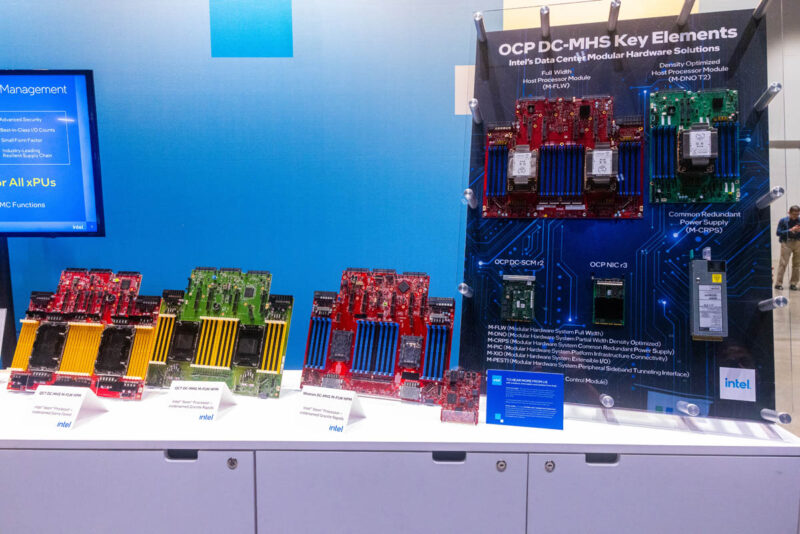
Intel says Sierra Forest will allow for 2.7x higher performance per rack, but we are going to wait to see. We fully expect a Sierra Forest E-core to outpace Xeon E5 V4 cores and likely Skylake/ Cascade Lake as well for most workloads.
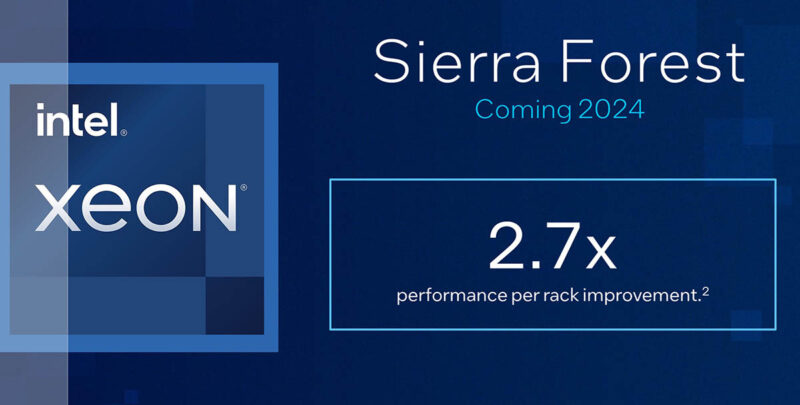
While Granite Rapids for servers is destined for a second half of 2024 launch, at MWC the company discussed a bit more on the new edge platform. Intel Granite Rapids-D will follow Ice Lake-D for the edge. We have done a ton with the Xeon D series, including a launch review of the Intel Ice Lake D / Xeon D-2700 and D-1700 series.
We expect Granite Rapids-D to take the P cores from the Granite Rapids server part and bring them to a lower-power segment with built-in acceleration. Intel says that Granite Rapids-D silicon is already sampling and that it will have vRAN and AI acceleration built-in.
Final Words
As one would expect, Intel also discussed how it has a large number of partners for 5G carriers. It also touted its vRAN Boost technology and AI and the Intel vRAN AI Development Kit.
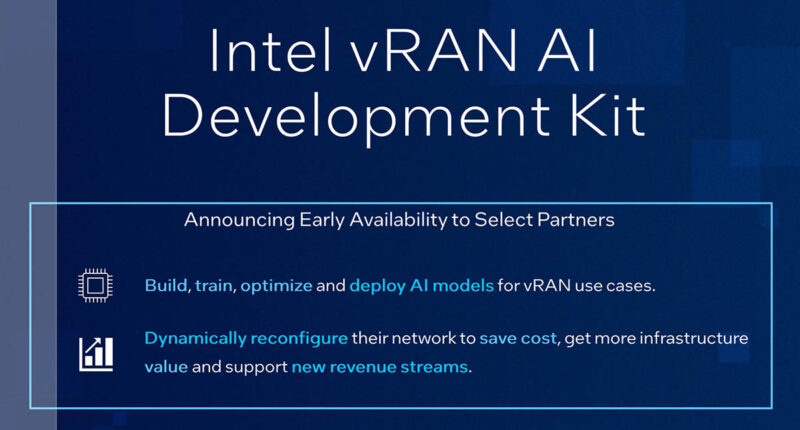
All that we know is that we are eagerly awaiting 2025 with Granite Rapids-D. Back in the original Xeon D-1500 series, we had Broadwell cores actually launching with the Xeon D instead of the Xeon E5 series. That was perhaps part of the best days for Xeon D as Facebook was a major buyer. These days, the Xeon D parts tend to lag behind their server CPU counterparts. In the meantime, get ready for Sierra Forest and even more coming to Cloud Native Efficient Computing.

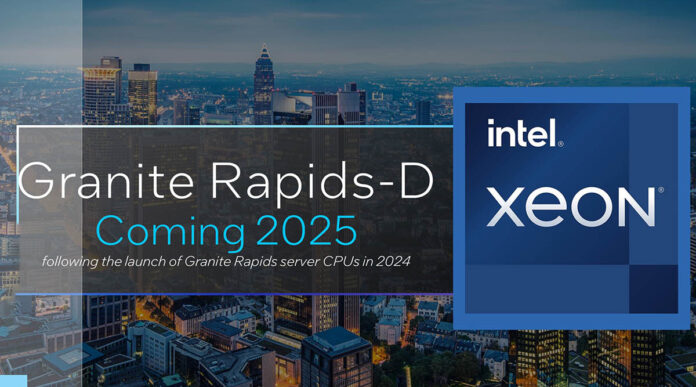
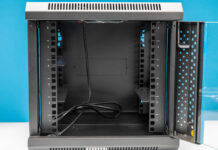


288 cores in a single package, it will be interesting to see how the cost per core will be compared to lower core parts.
Broadwell-D was an excellent product when it launched and the D lineup was targeted to lead the server line up with new manufacturing nodes (with the then EP and EX lines following later). The problem was this plan was right when Intel moved to 14 nm which they were on for a long, long time. I believe that there was a Cannon Lake-D briefly discussed before Ice Lake-D. The former would have been only rumor while the former did release, it was simply cut down Ice Lake SP dies instead of a new market targeted die. Sapphire Rapids includes many of the accelerators that the Xeon D line up featured so there is more overlap than ever before but the Xeon D also tended to include various networking IO when it started out. I’d be nice to have a Xeon D in the future supporting lots of SFP112 ports for 100 Gbit Ethernet or a couple of QSP112 ports for 400 Gbit Ethernet. I also think Intel should have retained their FPGA division instead of spinning it off so that it’d be trivial to include programmable logic inside these network focused chips, at least as a chiplet option.
For the sake of power efficiency, I would have expected the next Xeon-D to use E-cores (i.e. Sierra Forest-D rather than Granite Rapids-D).
Is there a use for AI acceleration in edge servers???
Apparently Nokia complained about just that when Intel tried to push it for 5G solutions.